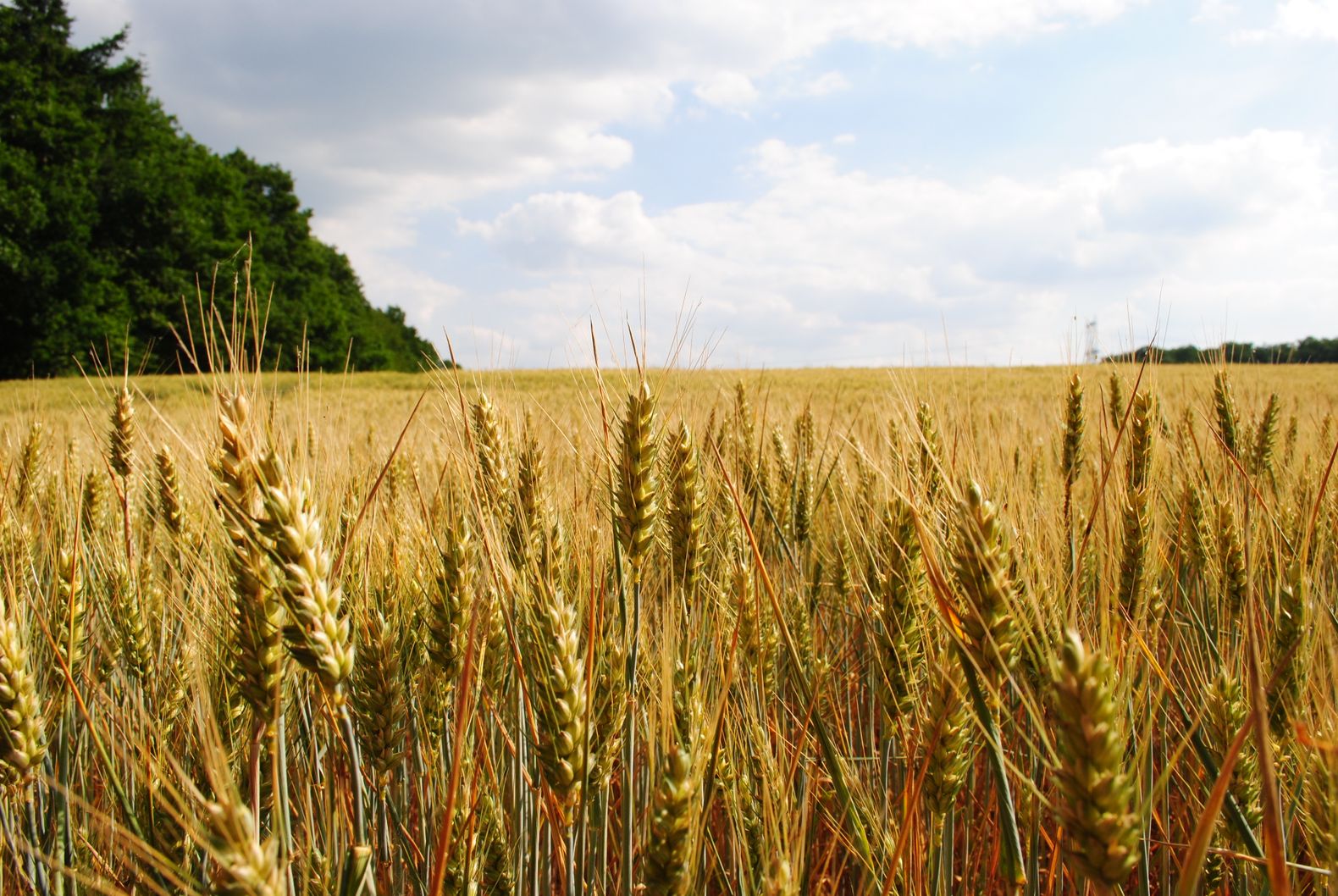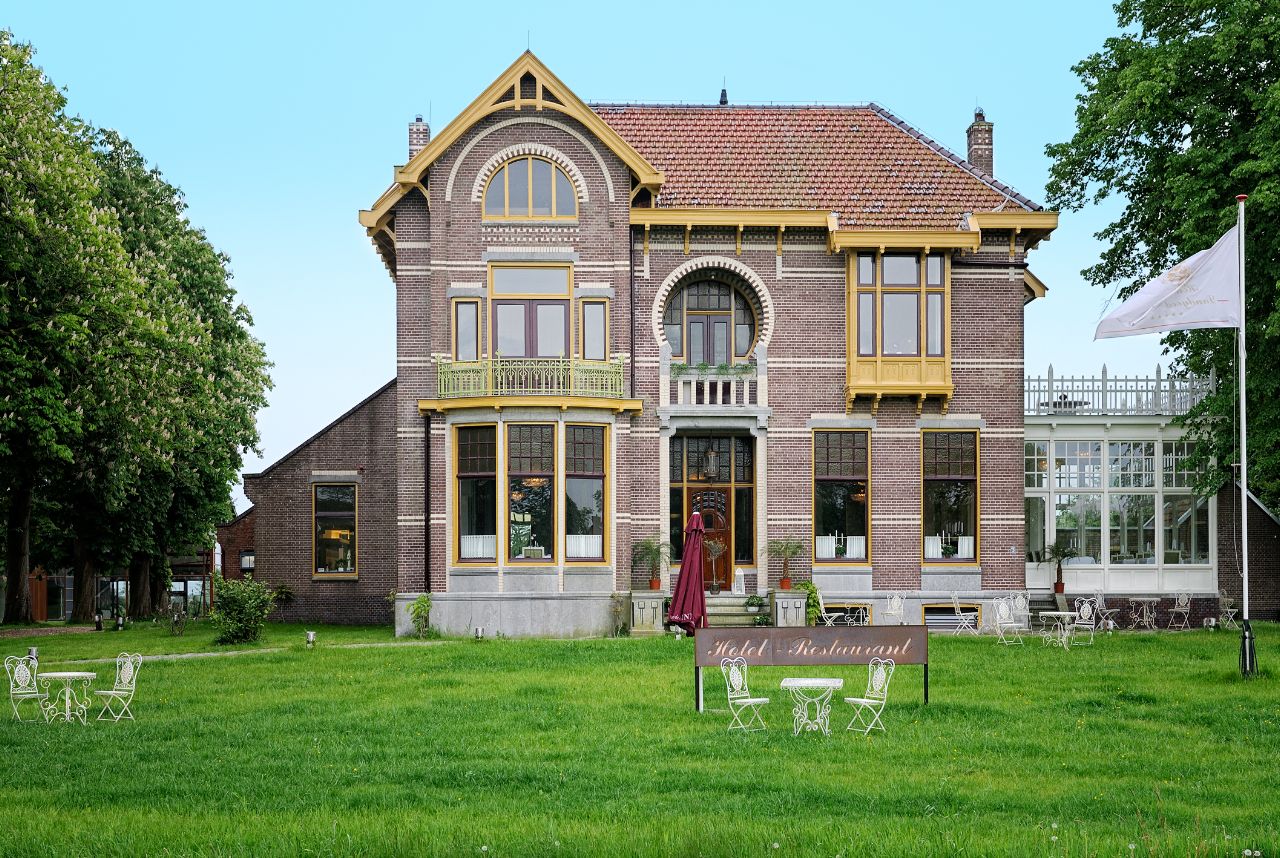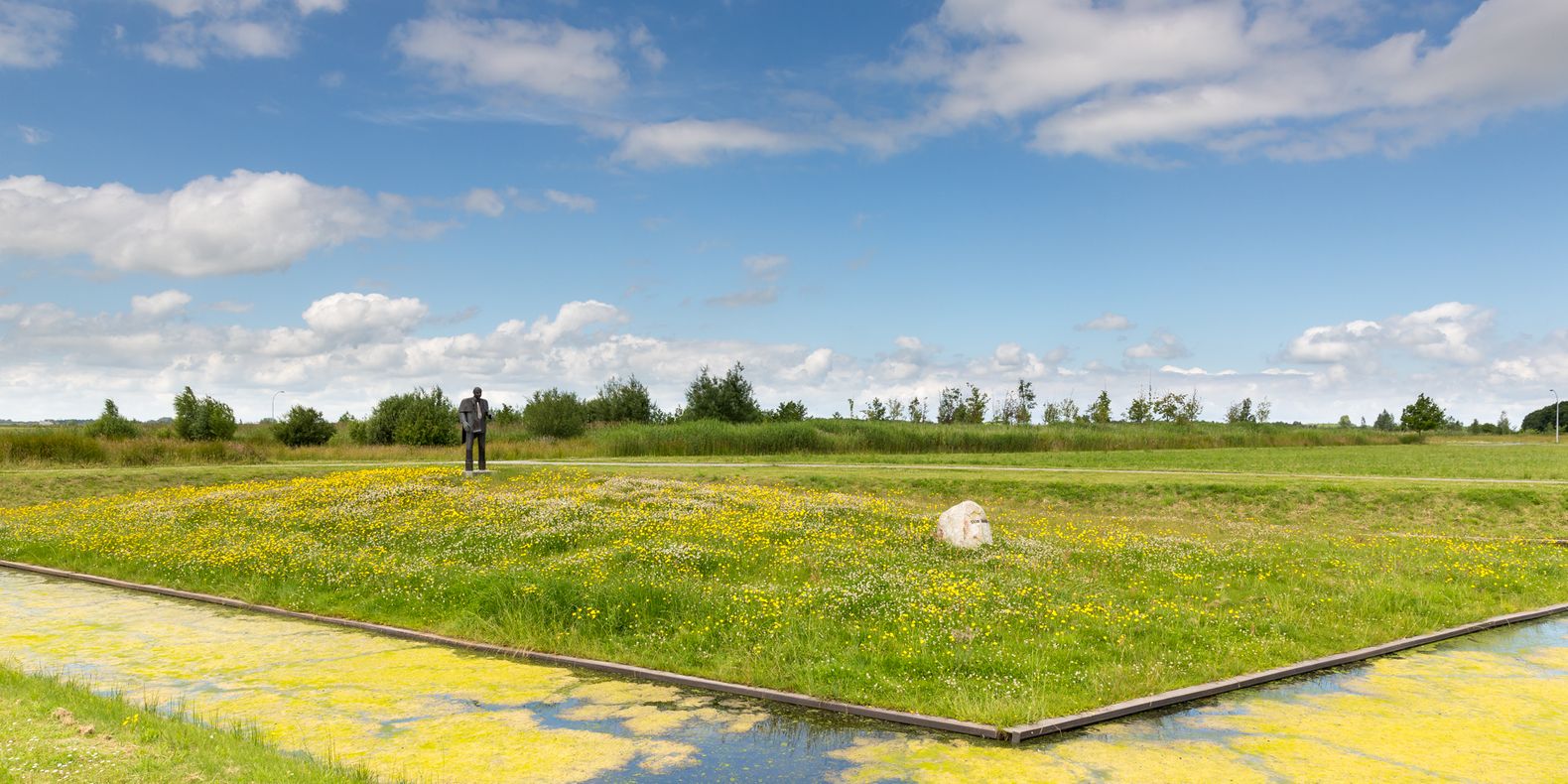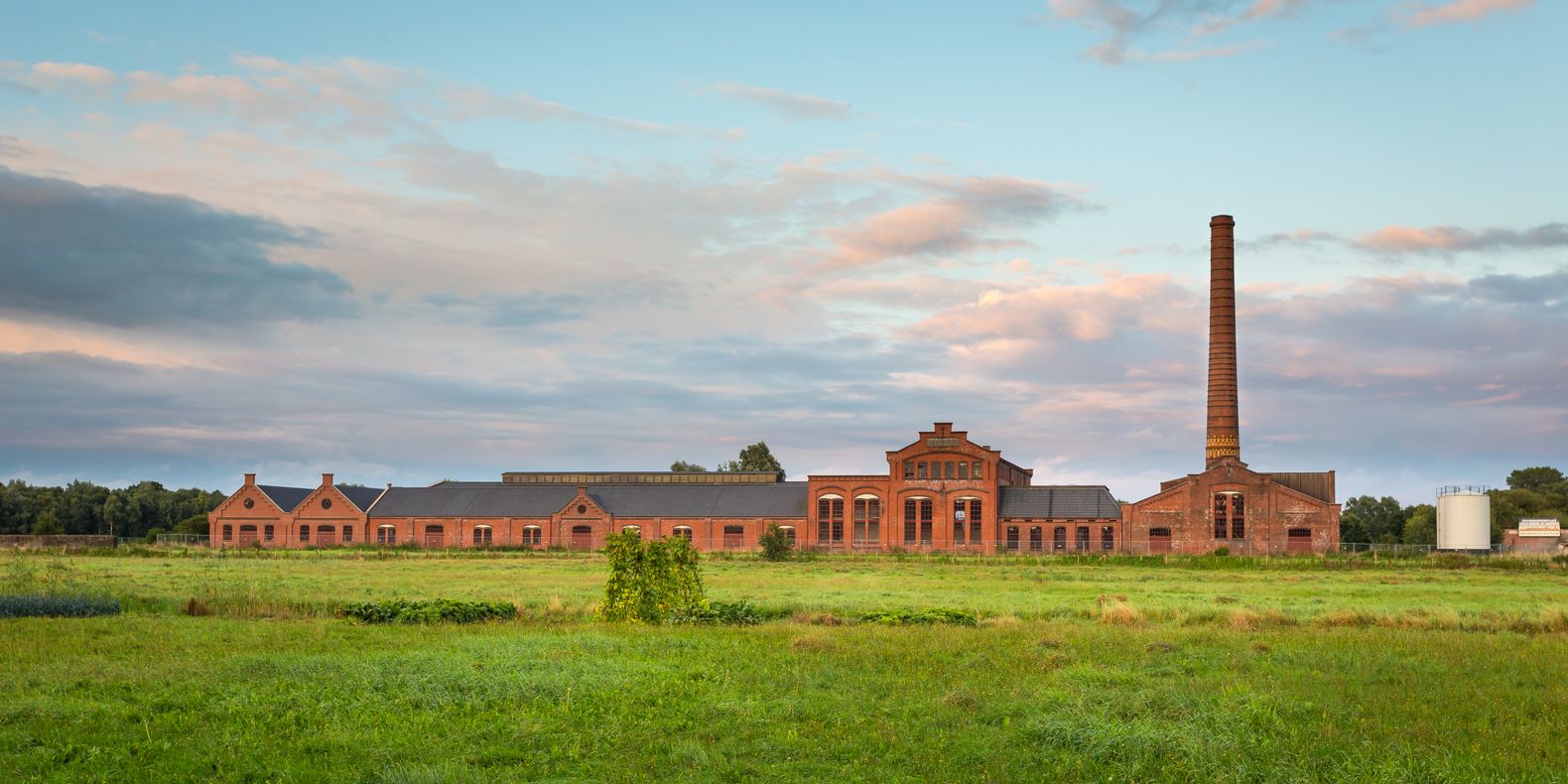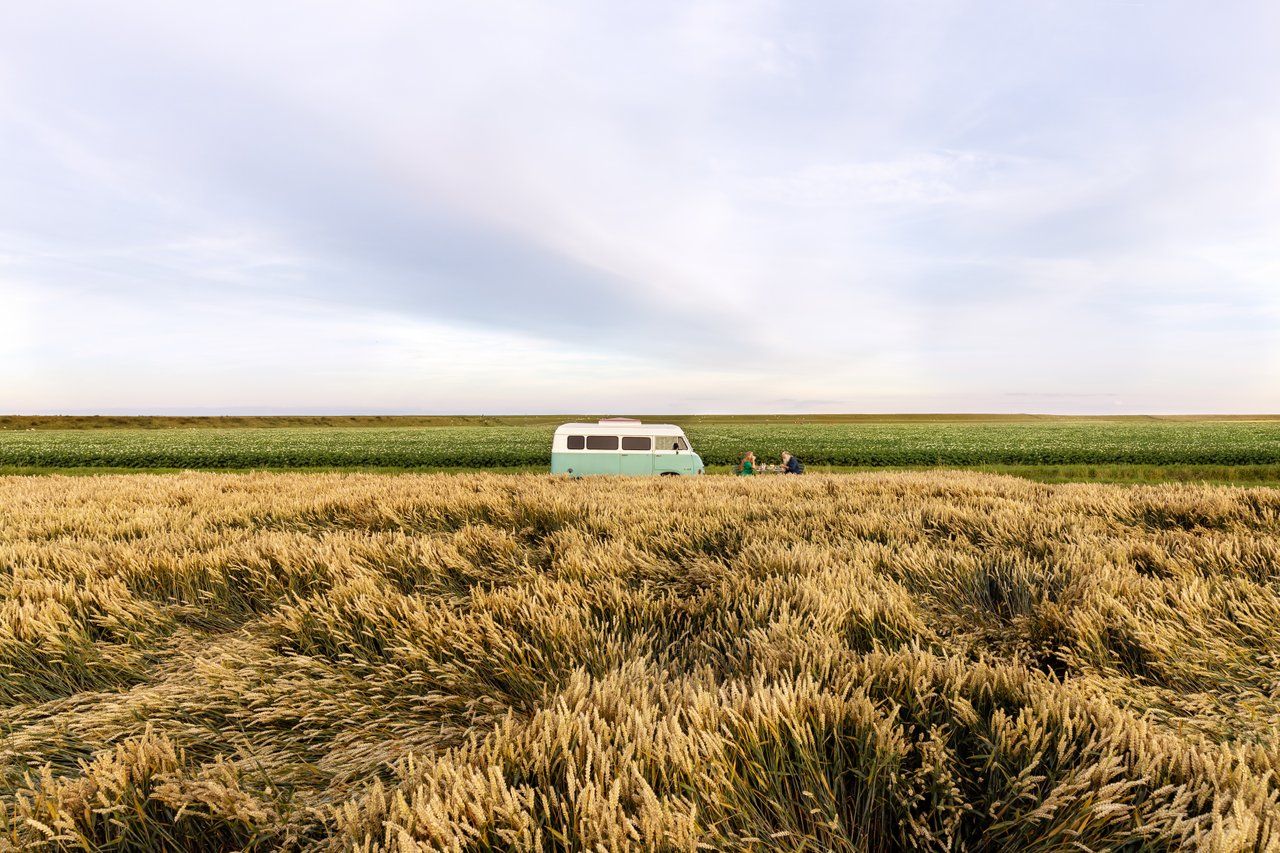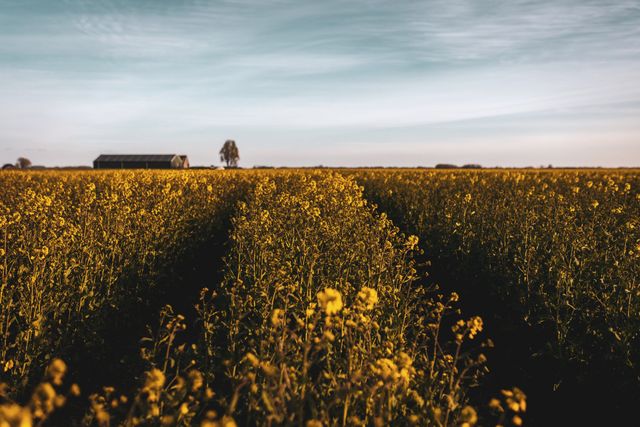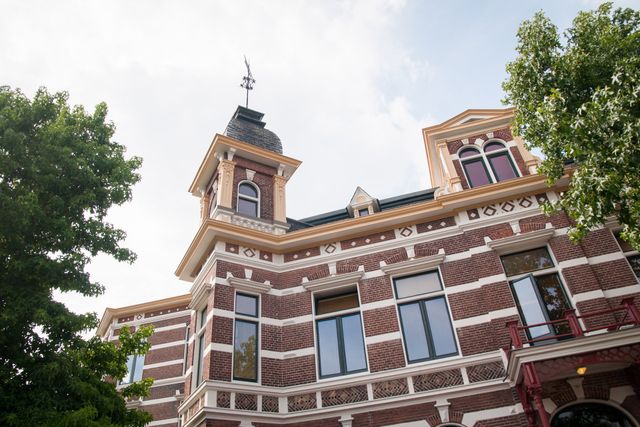THE INTRIGUING STORY OF THE GRAANREPUBLIEK
Let’s go back in time for a bit, to when the Oldambt region was governed by gentlemen farmers, the days were long and the grain brought gold, literally and figuratively. Picture yourself in the late 19th-century. Grain waved in abundance and the fertile grounds were dotted with elegant and stylish fronts of houses with large barns behind them. The money earned from grain brought huge wealth to the self-proclaimed gentlemen farmers who lived there. The farm workers did not profit from their riches at all, which made the gap between rich and poor starkly visible. This used to be Europe’s granary, and it was extremely successful as such. Welcome to the era of the Graanrepubliek.
“ ''THE GOLDEN GRAIN" ”
Rebellious Oldambt
The name ‘De Graanrepubliek’ was derived from the book of the same name written by Frank Westerman, who described the wealth the vast fields of waving grain brought to the area. Although it naturally made the farmers very happy, the farm workers did not get their share. The area’s fertility was a breeding ground for both grain and communism, and the workers finally felt heard and free to speak up. Around the turn of the 19th to the 20th century, socialist leaders such as Domela Nieuwenhuis incorporated the local heroes of the Oldambt region. Over a century later, the shades of the communist past are still clearly visible: the Communist Party has no fewer than three seats in the Oldambt municipal council. Oh, and be sure to sample the Groninger Genever Stokerij Dutch gin, which still carries a Communist label.
“ ''FERTILE GROUND FOR COMMUNISM'' ”
Local, national and international
Why stop if things are going well? That’s exactly what Sicco Mansholt thought in the 1950s, 1960s and 1970s. People also called him the spiritual father of the European agricultural policy. And as someone from the Oldambt and a politician in the Netherlands and Europe, he strove to maintain – and even improve – the region’s economy based on grain. He became a local hero, with his very own statue even. His actions led to expansion, guaranteeing farmers would receive a proper price for their grain.
A resilient people
If you think Oldambt people only used the grains of corn, you are very wrong. Inventive as they were and are, they wasted no part of the crops. Grain’s by-product – straw – was used to make cardboard in the giant De Toekomst strawboard factory, built using Groningen red bricks; a common feature in the area. As time went by, competition proved to be too fierce and margins too slim, leading to its closure in the 1970s. The factory is still open, but now has a different purpose, namely a special events location, staging musical festivals such as Grasnapolsky.
A quick look at the future
The best thing is that today, the rich history of the Graanrepubliek is still clearly recognisable. Take time to explore the area on foot to admire the stately manors, farms and summer fields filled with grain in this distinctive area inhabited by similarly distinctive people. In the Oude Remise former railway workshop, experiments are carried out using Groningen grain in beer, Dutch gin and bread. An entirely new food chain is set up here, in conjunction with nature. After all, grain does not wither. Instead, it provides options and opportunities.

